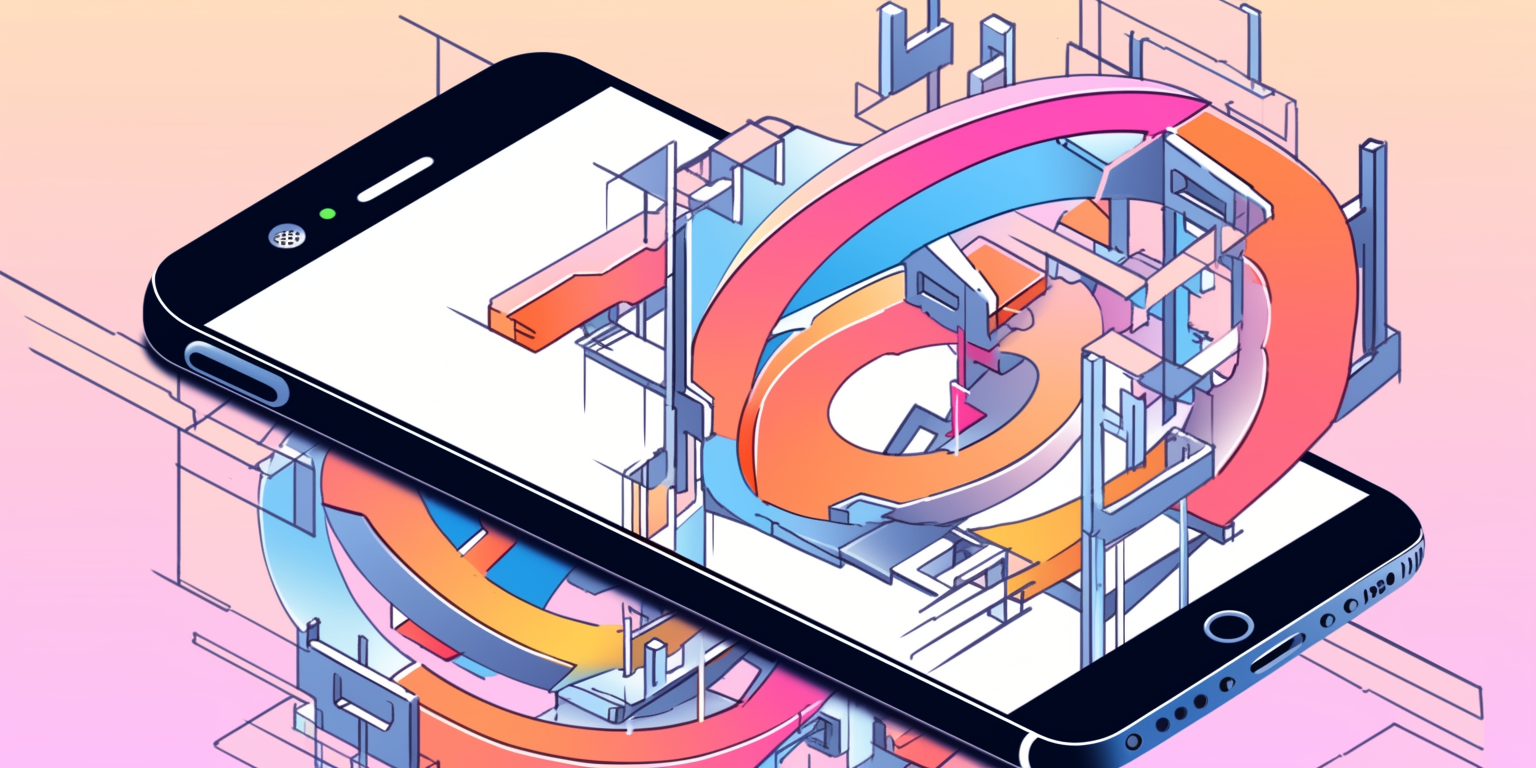Shaping The New Customer Experience Through AI

As I pass the sesame oil and kimchi at a local Korean barbecue place, my parents bring up the topic of AI, specifically referring to them as ‘robots’. I let them know that the ‘robots’ are already here. This restaurant seems to be one of the most popular spots and it might be because of AI. The 'banchan' we're enjoying? It might be chosen by AI analyzing food popularity and seasonal trends. The never-ending supply of our favorite cuts? Likely managed by an AI ‘robot’ predicting inventory. They nod, content, and before we know it, the meal's over, and I'm paying the bill. I always get the bill.
This wasn’t the first time that family or friends have casually brought up the topic of AI. In fact, it seems my close circle is more interested in AI than the companies I work with. Some companies have already made their investments. While others have yet to make a commitment, no company is in the middle anymore. AI and machine learning are no longer business buzzwords, but tangible tools that authentically enhance the customers’ experiences.
The essence of the new customer experience
The customer experience is no longer a linear journey. It’s a melting pot of various interactions and touchpoints, spanning across customer’s phones, computers, buildings, and places. It is a collection of conversations that informs future engagements, shaping the overall brand perception. These interactions can be categorized into four distinct experiences.
-
Anticipated Experiences: These are the first impressions customers form before interacting with a brand. Influenced by marketing, referrals, reviews, and past experiences, it sets the stage for this budding relationship. Starbuck’s consistent branding and social media presence is based on analyzing customer preferences and feedback, helping introduce new offerings that align with real expectations.
-
Momentary Experiences: These are the real-time interactions customers have with a brand. It’s the fleeting response or emotion a customer feels during an interaction. Snapchat's augmented reality features, for instance, have transformed online shopping, allowing users to virtually try products. Similarly, Netflix’s AI insights ensure viewers are presented with shows and show covers that align with their unique tastes, encouraging viewer engagement.
-
Remembered Experiences: After an interaction has occurred, customers create retrospective views. These memories are influenced by the peak moments (both positive and negative), shaping a long-term perception of the brand. AI-driven insights like Amazon’s personalized recommendations ensure more positive moments, contributing to a 37% increase in sales.
-
Accumulated Experiences: Over the lifetime of interactions, customers’ behavior and loyalty begin to change in subtle ways. Holistically, as a result of the previous three experiences, brands can shape this subtle change. Apple has created a lifestyle ecosystem that predicts new customer needs. Through Apple’s “proactive” features it continues to personalize suggestions across the ecosystem in the form of locations, news, search, and Siri suggestions, resulting in one of the highest industry NPS scores of 72.
Optimizing these four experiences is crucial for a brand aiming to offer a comprehensive and positive customer journey. With AI’s predictive capabilities and data-driven insights, companies are creating hyper-personalized and immersive experiences.
Navigating the future with AI
While AI’s potential to enhance the customer experience is already here, its integration comes with challenges. Companies ought to be cautious of technical hurdles, ethical data concerns, and making clear business cases for AI.
AI’s role in customer experience is undeniable and while the journey will be challenging, the rewards will be unparalleled. By investing in AI and AI strategies, businesses can reduce customer acquisition costs, boost customer retention, loyalty, and advocacy, ultimately increasing the customer lifetime value.
Sources
“Create Value Through Hyperimmersive Retail Experiences”, Gartner. March 2023.
”Snap releases new AR tools for virtual shopping”, Retail Dive. May 2022.
”How Netflix Uses AI and ML to Determine Which Thumbnails they Use?”, RecoSense. October 2021.
”Amazon's Product Recommendation System In 2021: How Does The Algorithm Of The eCommerce Giant Work?”, Recostream. October 2021.
”The Reasons Behind Apple’s Customer Loyalty and High NPS”, Retently. April 2022.
This article was originally published on Kin + Carta on August 10, 2023.